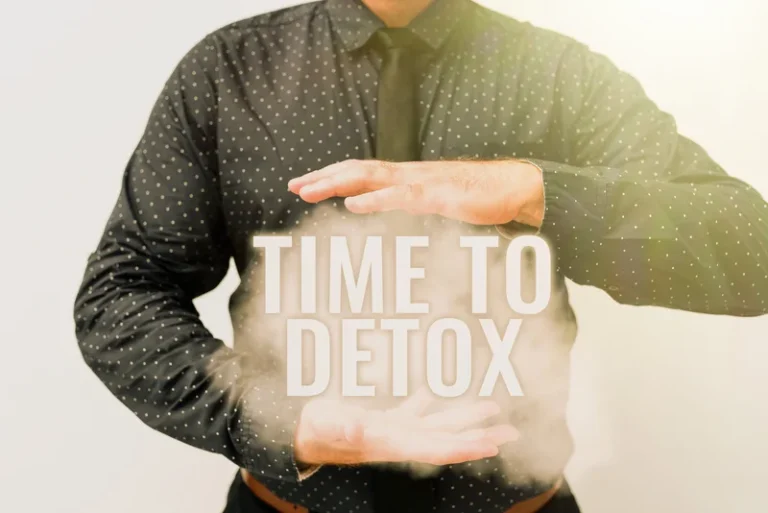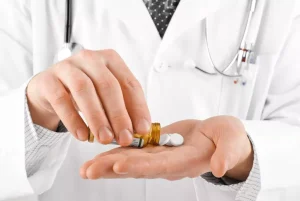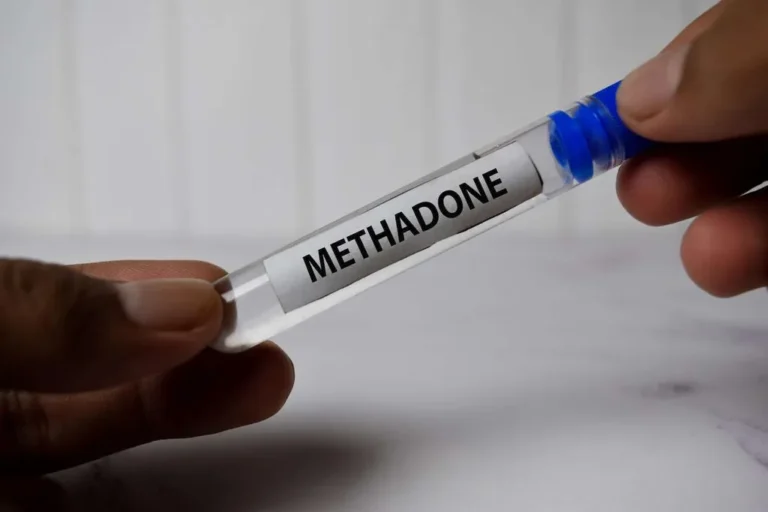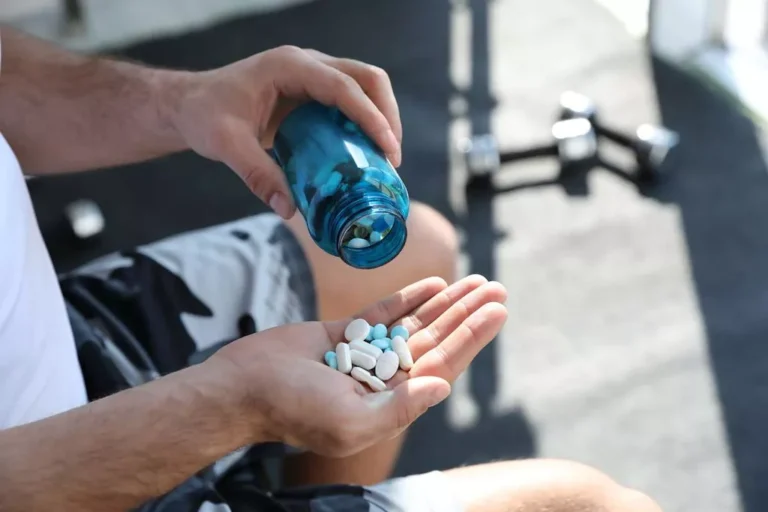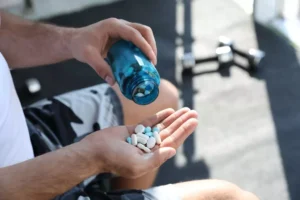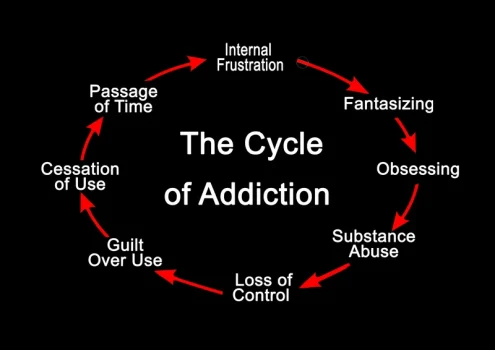Some protective factors, such as natural optimism, may remain fixed over time. Other factors, such as friend groups and level of financial security, may be subject to change. That doesn’t mean you’ll absolutely develop AUD if you have a family member living with the condition. You may have a higher genetic predisposition, but the underlying causes of AUD are multifaceted and complex.
- Additionalgenes have been identified that have expanded our understanding of the genes andpathways involved; however, the number of findings to date is modest.
- Your genetic risk refers to the likelihood that specific genes or genetic variants passed down to you will lead to a particular condition.
- Commonly, genome wide association studies (GWAS) of alcoholism have focused on phenotypes based on the Diagnostic & Statistical Manual of Mental Disorders (DSM)[14].
- In addition, a fruit fly’s resistance to alcohol appears to be controlled by the same molecular mechanism as humans.
- The incidence of alcoholism was slightly higher among people who were exposed to alcoholism only through their adoptive families.
Abundant evidence indicates thatalcoholism is a complex genetic disease, with variations in a large number ofgenes affecting risk. Some of these genes have been identified, including twogenes of alcohol metabolism, ADH1B and ALDH2,that have the strongest known affects on risk for alcoholism. Studies arerevealing other genes in which variants impact risk for alcoholism or relatedtraits, including GABRA2, CHRM2,KCNJ6, and AUTS2. As larger samples areassembled and more variants analyzed, a much fuller picture of the many genesand pathways that impact risk will be discovered. There are several other genes that have been shown to contribute to the riskof alcohol dependence as well as key endophenotypes. The earliest genes weretypically identified as a result of family-based analyses.
Hugo Bellen, a geneticist at Baylor College of Medicine in Houston, Texas, said the study “lays the foundation for a genetic approach to dissecting the acute, and possibly the chronic, effects” of alcohol in people. A study in Sweden followed alcohol use in twins who were adopted as children and reared apart. The incidence of alcoholism was slightly higher among people who were exposed to alcoholism only through their adoptive families. However, it was dramatically 10 ways to control high blood pressure without medication higher among the twins whose biological fathers were alcoholics, regardless of the presence of alcoholism in their adoptive families. The causes of AUD are complex and can involve a variety of factors, including early exposure to alcohol use, peer group pressure, and living with other mental health conditions. Genetic disorders are diagnosable conditions directly caused by genetic mutations that are inherited or occur later in life from environmental exposure.
Genetical Sensitivities to Alcohol
Research shows that genetic and environmental factors play a role in its development. Alcohol use disorder (AUD) often seems to run in families, and we may hear about scientific studies of an “alcoholism gene.” Genetics certainly influence our likelihood of developing AUD, but the story isn’t so simple. Is there any scientific evidence that your genes may predispose you to have an alcohol dependency if your parents or grandparents did?
Because the diagnosis of an AUD requires the presence of a set ofsymptoms from a checklist, there are many different ways one could meet thecriteria. There are 35 different ways one could pick 3 criteria from 7 (DSM-IValcohol dependence) and 330 ways to pick 4 from 11 (DSM-5 severe AUD). The clinicalheterogeneity likely reflects the genetic heterogeneity of the disease. Thedifficulties of genetic studies are compounded by environmental heterogeneity inaccess to alcohol and social norms related to drinking. They may increase the overall risk by increasing drinking, orreduce risk by reducing drinking. Some alleles that reduce heavy drinking can,nevertheless, increase risk for disease in the subset of individuals who drinkheavily despite having them.
†Note that the official names of several ADH genes have been changed, and theliterature has been confused by some groups using non-standard names for some ofthe genes29. By Buddy TBuddy T is a writer and founding member of the Online Al-Anon Outreach Committee with decades of experience dmt writing about alcoholism. Because he is a member of a support group that stresses the importance of anonymity at the public level, he does not use his photograph or his real name on this website. Your socioeconomic status can directly affect your mental and physical well-being.
PECRis located within broad linkage peaks for several alcohol-related traits,including alcoholism66,comorbid alcoholism and depression67, level of response to alcohol68, and amplitude of the P3(00)response69, 70. As we have learned more about the role genes play in our health, researchers have discovered that different factors can alter the expression of our genes. Scientists are learning more and more about how epigenetics can affect our risk for developing AUD.
In 1990, Blum et al. proposed an association between the A1 allele of the DRD2 gene and alcoholism. The DRD2 gene was the first candidate gene that showed promise of an association with alcoholism. Your genetic risk refers to the likelihood that specific genes or genetic variants passed down to you will lead to a particular condition. What this means for family members of alcoholics is that you are not necessarily going to misuse alcohol yourself. Factors like your environment and ability to handle situations triggering dependency are just as important as genetics. These are things that we can remain mindful of as we continue to develop an understanding of alcoholism on a personal basis.
Factors influencing AUD
Majority of genomic data for large alcohol consumption and AUD meta-analysis was either from UKBiobank or from Million Veterans Project. Several other cohorts from dbGAP also contributed to large sample size of alcohol consumption GWAS by Liu et al, 2019. Genome-wide data on 14,904 DSM-IV diagnosed AD individuals and 37,944 controls from 28 case/control and family-based studies were meta-analyzed for PGC’s AD GWAS. Some genes may contribute to an increased susceptibility to addictionsin general. It is now appreciated that a whole spectrum of allele frequencies andeffect sizes may play roles, from common variations with small effects throughrare variants of large effect.
Thus, thegenes and SNPs found through GWAS have had little overlap with previous findingsbased on candidate genes/pathways and linkage analyses. Like many other complex traits, older adults national institute on alcohol abuse and alcoholism niaaa alcoholism appears to be clinically and etiologicaly hetrogenous[13]. This implies that there might be several steps and intermediate conditions in the development of AUD.
In most cases, studiesrecruited families having multiple members with alcohol dependence; such familiesare likely to segregate variants that affect the risk of alcohol dependence. Themost common initial approach was linkage analysis, in which markers throughout thegenome were measured to identify chromosomal regions that appeared to segregate withdisease across many families. The drawback to this approach isthat linkage studies find broad regions of the genome, often containing manyhundreds of genes. In many cases, the initial linkage studies were followed by moredetailed genetic analyses employing single nucleotide polymorphisms (SNPs) that weregenotyped at high density across the linked regions. Some of the genes identifiedthrough this approach have been replicated across a number of studies and appear tobe robust genetic findings. Family studies have consistently demonstrated that there is a substantialgenetic contribution to alcohol dependence.
The Genetic Link: Hereditary Factors in Alcoholism and How it Affects You
Environmental factors also account for the risk of alcohol and drug abuse.2 Scientists are learning more about how epigenetics affect our risk of developing AUD. But while genetics influence our likelihood of developing alcoholism, it’s more complex. A review of studies from 2020, which looked at a genome-wide analysis of more than 435,000 people, found 29 different genetic variants that increased the risk of problematic drinking. Family, twin, and adoption studies have shown that alcoholism definitely has a genetic component.
Functional significance of GWAS variants
While genetics can play a significant role in your overall AUD risk assessment, it isn’t the only factor that can elevate your chances of developing AUD. Researchers at the University of California at San Francisco (UCSF) are using fruit flies to find the genetic causes of alcoholism. According to scientists, drunken drosophila fruit flies behave the same way humans do when they are drunk. In addition, a fruit fly’s resistance to alcohol appears to be controlled by the same molecular mechanism as humans. Recognizing alcoholism as a disease promotes early intervention, access to appropriate healthcare services, and ongoing support for people struggling with AUD.
Certain genetic variations, such as cytochrome enzymes in the liver, can also influence how quickly a person metabolizes drugs. According to a review from 2016, genes that promote alcohol metabolism and the production of enzymes, such as alcohol dehydrogenase and aldehyde dehydrogenase, can be protective against AUD. The more genetic factors you have, the higher your risk may be of having AUD. Your genetics can influence how likely you are to develop AUD, but there’s currently no evidence of a specific gene that directly causes AUD once you start drinking. With current review, we aim to present the recent advances in genetic and molecular studies of AUDs. Recent successes in genetic studies of AUDs will definetely motivate researchers and lead to better therapeutic interventions for this complex disorder.
What Can Lead to Alcoholism?
First and perhaps foremost, most studies ofalcohol-related phenotypes have been small – hundreds or a few thousandsamples. Most robust associations that have been reported in common disease haveemployed tens of thousands of samples and are now beginning to combine severalstudies of these magnitude into even larger meta analyses. The alcohol researchcommunity has begun to form larger consortia for meta-analyses and it is anticipatedthat with the resulting increase in sample size the number of robust associationswill increase. A second approach that will likely benefit the alcohol researchcommunity will be greater examination of pathways or gene sets.







